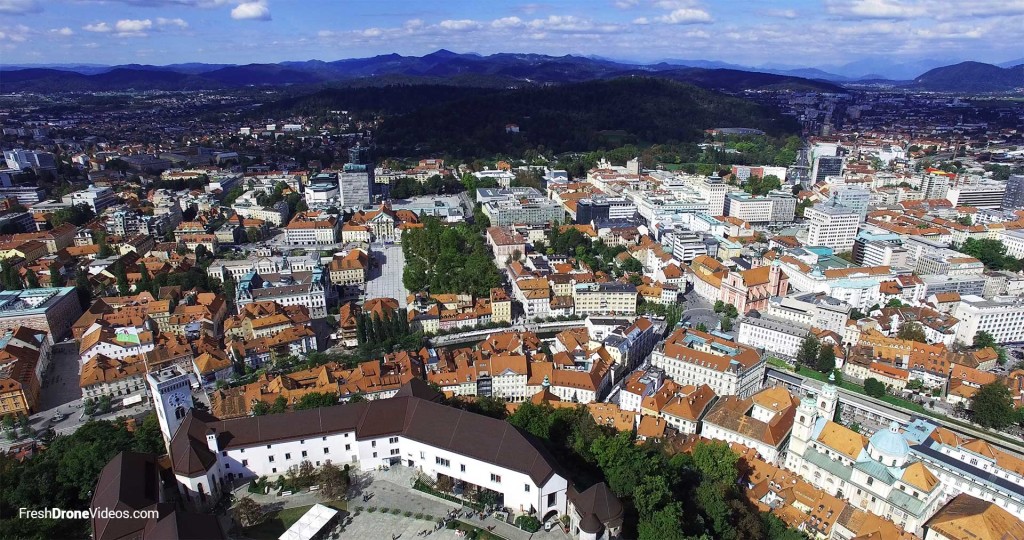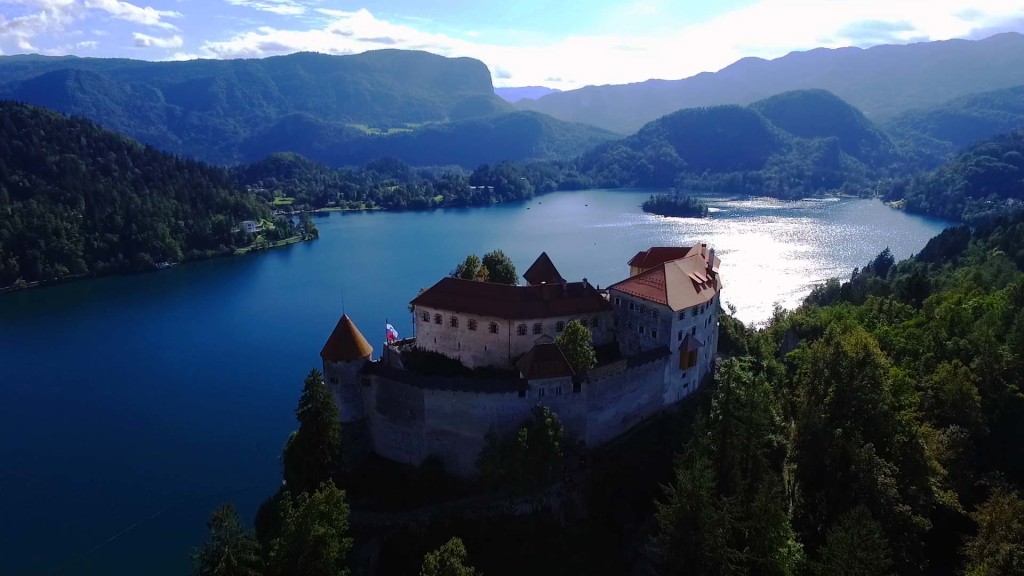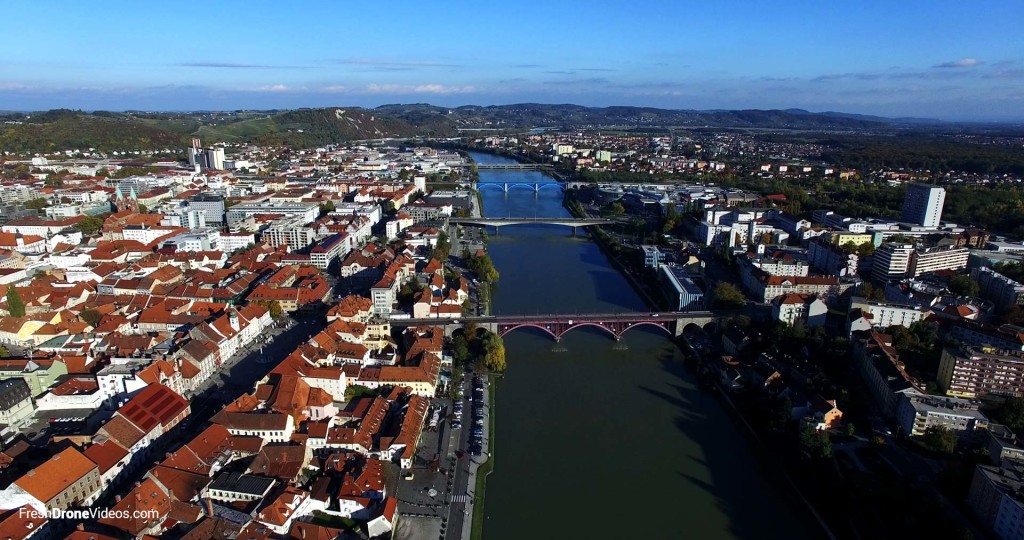The lakes and meadowlands of the small central European country have always been under-visited, but the 2010 anniversaries and cultural events are luring more travelers than in the past.
The capital city Ljubljana is toasting a double anniversary: two millennia since its foundation and 120 numerous years of renewal from a huge earthquake.
A rare performance of Slovenia’s oldest literary work brings drama for the town of Skofja Loka, while carnivals and wine festivities unfold in Ptuj and Maribor.
This rich calendar, along with the timelessly beautiful landscapes, makes Slovenia almost unmissable in 2015.
Ljubljana’s millennial anniversary
At about 300,000 inhabitants, Ljubljana is small to get a capital city.
But its history is epic: Ljubljana is celebrating 2,000 years since its foundation as being a Roman city.
This year sees a different anniversary, as locals toast 120 numerous years of reinvention since Ljubljana was rocked by way of a huge earthquake.
The 1895 tremors destroyed 10% with the city’s buildings. During its rebuilding, the Vienna Secession period brought new architectural styles to the present baroque city.
Modern Ljubljana is beautiful enough to rival Vienna or Prague.
Its geranium-pink Franciscan Church in Preseren Square overlooks the interlacing Triple Bridge, which has a backdrop with the Julian Alps.
But Ljubljana’s dragon emblem truly sets it apart.
Some folklore links the dragon to some monster subdued by Jason along with the Argonauts. A more likely source will be the dragon-slaying Saint George, patron of Ljubljana Castle’s chapel.
These fire-breathing beasts glower from Dragon Bridge, adorn the city’s coat of arms and top the castle.
Ptuj’s pagan carnival
Saint George also points his lance inside the northeasterly capital of scotland- Ptuj.
Near the entrance to your saint’s namesake church you will find there’s 14th-century statue with the saint slaying the dragon, which represents paganism.
So it’s intriguing to determine the strong pagan influence of Kurentovanje, a Shrove carnival and Slovenia’s hottest springtime folklore event.
This carnival owes its origins to Kurent, an old god of hedonism.
In the periods before Shrove Tuesday, locals clad in sheepskin, masks and grotesque prosthetic tongues symbolically scare away winter by processing through Ptuj.
Children dive out with the way of any devil using a soul-catching net who leads the procession.
The festival’s climax sees a cacophony of bell ringing, with costumed revelers brandishing wooden clubs (jezevke) to avert evil, and clay pots being shattered for luck.
Postojna’s cave-dwelling creatures
When the remarkable creatures of Postojna Caves were first recorded within the 17th century, locals called them baby dragons.
Today, we realize them as proteus, ghostly pale amphibians native only to the region of Slovenia.
In Postojna, they’re a huge tourism draw.
An underground train takes visitors through caverns dripping with stalactites to some vivarium packed with these strange animals.
Scientists are discovering which the proteus is much more bizarre than any creature of myth.
The proteus can survive without food for eight to ten years, and live for up into a century. They’re blind, navigating via light-sensitive receptors and also perceiving weak electrical fields.
“Although proteus may be one from the best-researched cave animals, still it holds many secrets,” say Dr. Liljana Bizjak Mali and Dr. Boris Bulog from the University of Ljubljana. “We will not yet determine if proteus can regenerate like other salamanders, however, if they do we will learn much about stem cells, tissue repair and possibly even cancer.”
Postojna Caves, Jamska cesta 28, Postojna; +386 5 70 00 100
Lake Bled’s romantic legends
Just 15 kilometers shy of Slovenia’s border with Austria, the Julian Alps and miles of forest halt abruptly for Lake Bled.
This small alpine lake, overlooked by the towering Romanesque castle, is startling.
The lake’s bright jade waters lap against dainty Bled Island (Blejski otok).
Its most prominent building would be the 17th-century Church in the Assumption, and that is steeped in romantic tradition.
According to regional lore, a pleasant marriage is assured to some husband that can carry his bride-to-be all 99 paces through the dock to the church.
Some 55 marriages took place from the island church not too long ago, with numerous more couples visiting to toll its “wishing bell.”
Boat rentals ply the river for much in the year.
Summer visitors can in the same way easily swim towards the island — thermal springs maintain the water a toasty 26 C (79 F).
Come winter, if the trees are dusted with snow, ice skaters swirl round the frozen surface with the lake.
Skofja Loka’s Passion Play
In 2015, individuals to Skofja Loka possess a rare possiblity to experience Slovenia’s vibrant literary history.
The medieval town is home for the oldest complete dramatic text ever written inside Slovene language, the Skofja Loka Passion Play (Skofjeloski pasijon).
The original manuscript is closely guarded from the local monastery and just irregularly performed.
This year 32,000 readers are expected to watch a cast of 640 actors bring the play to life being a procession around multiple locations from the medieval town.
“Local involvement is intense,” says the play’s project manager Matej Mohoric Peternelj. “We it is known as the Passion spirit.”
Performances will require place within the town from March 21 to April 12, 2015.
Tickets might be booked at pasijon.si.
Idrija, capital of scotland – quicksilver and lace
Mercury and lace appear to bear little relation, but also in Idrija they’re cornerstones of local tradition.
Mercury mines brought Idrija wealth. They’re the reason behind Idrija’s right UNESCO’s World Heritage list.
But it is the centuries-old tradition of lace making that’s given area a thriving new voice.
More than 400 children and 150 adult students have learned to try their hand at crafting intricate bobbin lace in Idrija within the last few half-decade.
Some arrive from as far afield as South Africa plus the United States.
Today, readers are as prone to buy lace-embellished garters and jeans as increasing numbers of traditional souvenirs.
“Fashion was, nevertheless is, very important to lace making,” says Metka Fortuna. With 12 years as being a lace-making teacher now a head on the Idrija Lace School for nine years, Fortuna has watched the development with this intricate craft.
“Older lace makers now cooperate with students to generate products interesting for younger generations.”
You can experience either side of Idrija’s local pride using a descent of Anthony’s Shaft plus a visit on the lace making school.
Maribor’s multicultural cuisine
Slovenia’s second largest city acquired polish as 2012’s European Capital of Culture.
But Maribor’s enduring attraction dangles in the end of your vine.
The Old Vine in Maribor’s Lent neighborhood has been said to be by far the oldest living grapevine.
Maribor grew to prominence by way of a wine-growing trade that began within the Middle Ages, using a flourishing Jewish community at its heart.
One famous vine has lasted throughout Maribor’s vinicultural history.
Wine pressed on the fruit in this 400-year-old vine is gifted to dignitaries as being a symbolic critical for Maribor.
A ceremony adds pomp on the harvesting from the vine annually during the early October.
Year-round, the Old Vine House welcomes website visitors to savor wine and history in equal measure.
The Old Vine House, Vojasniska 8, Maribor; +386 2 25 15 100
Iconic Mount Triglav
Triglav National Park in Slovenia’s northwest covers nearly 3% in the country’s area.
Two million visitors arrive annually to hike around Bohinj, Slovenia’s largest glacial lake, as well as waterfalls like 78-meter-high Savica.
The crowning attraction is Mount Triglav. This 2,864-meter mountain in Slovenia’s only national park is really a recurring motif in Slovene art, film and music, as well as a cherished emblem of national identity.
As Slovenia’s highest point, Mount Triglav remains a symbolic lightning rod for national identity.
It’s from Triglav’s summit how the Slovene flag was unfurled in the country’s 1991 independence.
The country’s former president, Milan Kucan, even declared climbing the mountain an obligation for every Slovene national.
There are trails around Triglav National Park to accommodate all abilities, but long hikes should just be undertaken with experienced guides.
Triglav National Park, Ljubljanska cesta 27, Bled; +386 4 57 80 200
Sentrupert’s rural nostalgia
The Slovenian kozolec continues to grow from like a simple agrarian tool to a symbol of national pride.
Visitors can be bemused with the local fondness to the kozolec, an exclusive hay rack found throughout Slovenia’s meadowlands.
Often decorated with latticed woodwork, one of the most elaborate hay racks are status symbols for farmers.
In 2013 an avid open-air museum in Sentrupert did start to showcase the kozolec and its particular history.
To most local shop they’re considerably more than a farming tool: they’re a tangible reminder of expert craftsmanship, eliciting powerful nostalgia for Slovenia’s past.
The Land of Hayracks, Dezela kozolcev Sentrupert, d.o.o., Sentrupert; +386 8 20 52 855
Piran’s fusion food
Squeezed between Italy and Croatia, Slovene Istria gets the vibe on the Italian Riviera.
The star attraction in this 43-kilometer stretch of coast is Piran, a fantastic coral-roofed city lapped from the Adriatic’s deep blue waters.
Here in Slovenia’s most southwesterly tip, Italian and Slovene both are official languages.
The cuisine too has different influences.
Istria is recognized for rich olive oils and sweet Malvasia wine.
Italian flavors come through in pastas and risottos scattered with shellfish.
Croatian staples can also be popular, including octopus salads and gulas (stew).
In this same region, salt is panned in the Mediterranean’s most northerly salt flats in Secovlje in a very method unchanged for seven centuries. As in countless places in Slovenia, tradition reigns supreme.
Midsummer brings nearly all of Piran’s visitors, but shoulder season (April-May and September-October) has lovely weather without crowds.



